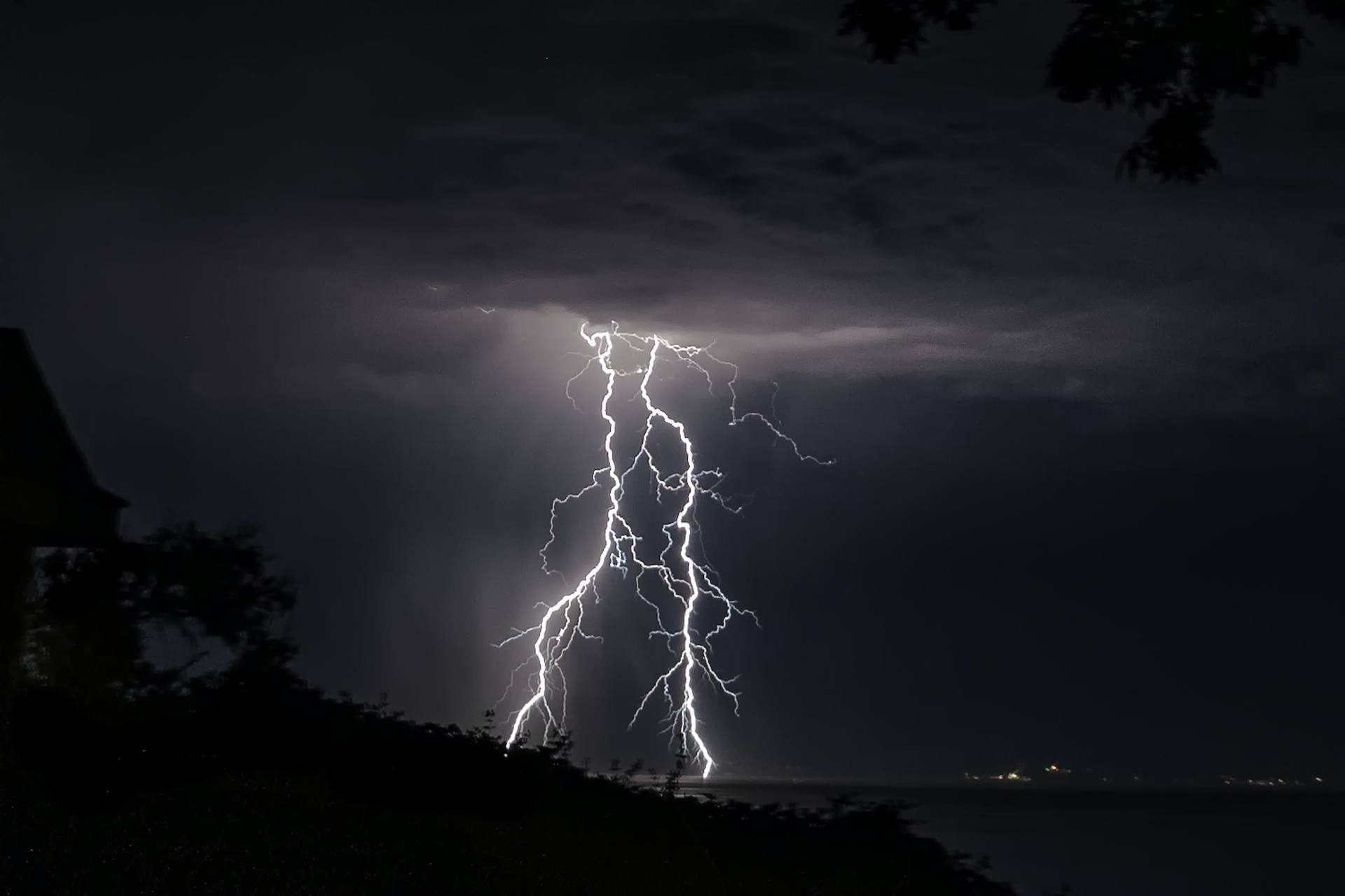Ford has announced it has not only restarted assembling its F-150 Lightning pickup truck but is aiming to triple the production pace of the Lightning to 150,000 vehicles annually by the end of this year. The company has added 1,200 employees to its Michigan plant, which builds the F-150s, to hit its aforementioned production goal. The timing of this announcement is fascinating, as it follows other OEMs' announcements regarding ramping up pickup truck production, in recent weeks, such as Tesla (Cybertruck) and GM (Silverado).
The NHTSA, a US auto safety regulatory body, has started an investigation into 280,000 new Tesla 3 and Y vehicles, due to reports of loss of steering control and power steering. This investigation stems from 12 complaints, with 5 alleging an inability to steer the vehicle, while an additional 7 people said a loss of power resulted in steering difficulties. This is just one more investigation Tesla has to address, as it has several open investigations with the NHTSA. However, Tesla has a silver bullet (vs its competitors) as it can address (the majority of its) defects via software updates, whereas all other OEMs have to recall their EVs to address defects.
Toyota has announced it will be boosting its EV development efforts in China, in the hope of trying to catch up with domestic EV OEMs. Domestic OEMs have much of the EV market share. The company is perceived as being a laggard regarding adopting and offering EVs. Historically, Toyota has maintained its stance of backing a portfolio which consists of EVs, PHEVs and hydrogen-powered vehicles. However, it appears it will be increasing its EV catalogue by partaking in 3 JVs (with FAW Group, GAC and BYD) to boost EV technology development in China. The 3 JVs will work together on a project basis at Toyota’s largest R&D facility in China.
Exxon is in talks with OEMs, such as Tesla, Ford and VW, about potentially supplying lithium to them. Exxon clearly wants to take advantage of the EV boom by evaluating where they can slot into the supply chain. The company feels it has natural synergies between extracting lithium and its expertise in oil and gas production. It is important to note, these talks are in very early stages however there is clear interest and the demand for lithium will only intensify as more EVs are produced. According to Benchmark Mineral Intelligence, around 60 new lithium mines and plants are needed to match the demand for EVs. Exxon has set itself a goal of extracting 100,000 tonnes of lithium per year and recently began drilling wells on a 10-acre site in Arkansas. Interestingly, the company is still deciding whether it wants to produce it on its own or partner with others.
BT, through its innovation arm Etc., is looking to repurpose its broadband and phone line cabinets into EV chargers. These cabinets are being decommissioned as BT transitions to a fibre network, thus rendering c90,000 cabinets obsolete. BT believes that around 60,000 of these cabinets could be retrofitted into EV chargers. The company plans to conduct preliminary technical and commercial tests starting in Northern Ireland, to determine the feasibility of this concept. Although we champion this idea, we agree with the industry consensus, that factors such as funding, cabinet locations and accessibility need to be carefully analysed in order to truly see the viability of this conversion on a large scale.
VW is making some progress in China, as its JV with SAIC, resulted in over 10,000 orders placed for its ID.3 hatchback in July. The ID.3s starting price was slashed in June to c$17,500, which is a historically low price. The decision to slash prices was driven by the need to compete with BYD, which is the market leader in BEVs in China. To put this into context, pre-price cut, only 2,556 ID.3s were sold in May, in comparison BYD sold 29,081 Dolphins, in the same time period. Although this is progress for VW, it still has a lot of work to do, to challenge BYD’s market share.
Onto, a UK-based EV fleet subscription service, has appointed Deloitte to help facilitate its sale. Unfortunately, this is not a surprising announcement, as last month L&G announced it was no longer going to inject any more capital into Onto. Bear in mind, L&G led a $60m funding round last year, however Onto has been a victim of residual values plummeting this year, as the company borrowed capital by securing against its fleet.
Deals
About:Energy, a UK-based battery software startup has raised £1.5m in a Seed round, with investors such as HighSage Ventures, Vireo Ventures and Electric Revolution Ventures participating. The start-up will use this capital to establish a laboratory, expand its team and increase brand awareness via marketing.
Microvast, a US-based lithium battery company, has been told it will no longer be receiving a $200m grant from the USA Energy Department, due to its close ties with the Chinese government. This grant (stemming from the BIL) would have been used to build an EV plant in Tennessee. Microvast has not released a rebuttal yet.
Field, a UK-based battery storage developer start-up, has raised £200m in equity from DIF Capital Partners (infrastructure fund). The capital will be deployed to expand its battery projects in the UK and to crack Europe. Interestingly, the start-up buys its lithium-iron phosphate cells, rather than making them in-house.
Wiferion, a German-based wireless charging company, has been acquired by Tesla International BV (Tesla’s Netherlands-based engineering subsidiary). Last year, Wiferion entered into a licensing deal with WiTricity, a company that used a Tesla Model 3 to promote its wireless charging technology. This license deal allowed Wiferion to enter the North American market. It is unclear in what manner and when Tesla plans to deploy Wiferion’s wireless charging technology.
